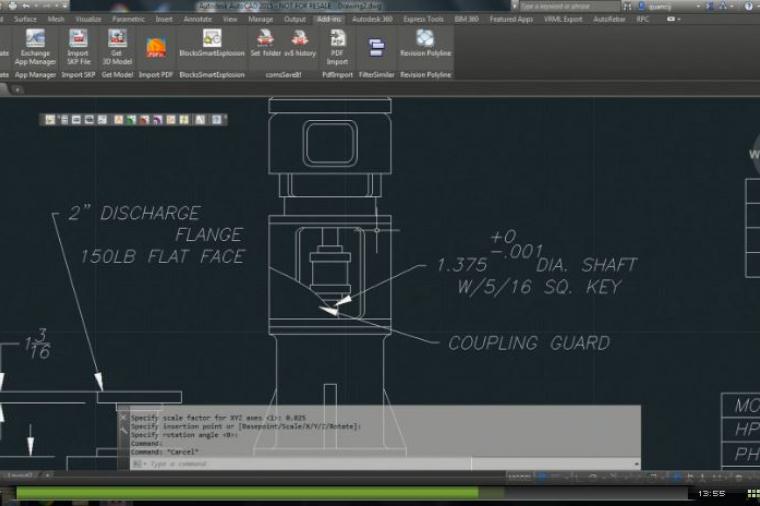Is Your Database in Good Shape? Consider Health and Performance.

Your database is truly critical to the successful operation of your data center, yet databases pose extraordinarily complex management challenges. Try as you might to resolve issues as they arise, you may find yourself coming up short.
Part of the problem is that many people consider database health and performance to be one and the same, but that’s not necessarily the case. These concepts aren’t strictly interchangeable, and if you treat them as such, you may be impeding your own ability to troubleshoot.
Let’s take a closer look at these terms, and provide a bit more clarity about why health and performance must be considered separately when examining your database’s well-being.
Health versus performance: What’s the difference?
Health and performance are certainly closely related, even interconnected. But assuming they are one in the same is potentially a recipe for disaster. If you’re honed in exclusively on your database’s health, you may be overlooking critical metrics impacting your database’s performance. Here’s why:
• Database health is inclusive of data points. Factors such as CPU utilization, I/O statistics and memory pressure, for instance, when taken into consideration, determine if your database is capable of proper performance. But these metrics alone cannot confirm that the system’s performance is running optimally.
• Database performance integrates an element of time measurement to explain how database queries are being executed. It’s this time component that comes into play when talking about true performance.
Consider a runner. A runner may be in peak physical condition; however, condition alone does not guarantee a winning time. He may be in excellent shape, but ultimately his performance can be impacted by a variety of unforeseen factors that may slow his speed. Therefore, the need to appreciate both health and performance is key in optimizing an outcome – and executing at medal-winning speed.
Diagnosing the root cause: Database performance management best practices
Identifying the true root cause of database performance issues is the goal of every federal database manager. And yet, without the proper metrics in hand (the way to truly measure the performance of your database), you lack the tools necessary to resolve more comprehensive problems.
That said, let’s take a closer look at some best practices that take into account both health and performance to create efficient, well-optimized database processes.
Acquire data and metrics. You need granular metrics like resource contention and a database’s workload to identify the root cause of a performance issue. Without good, deep intelligence, you lack the ability to troubleshoot accurately and effectively.
Establish meaningful data management. Every database manager has his or her own way of arranging data, but the key is to arrange it in a way that will help you quickly identify and resolve the root cause of a potential problem. Establishing a system that allows you to do so quickly can help keep your databases running efficiently.
Triangulate issues. The ability to triangulate provides the answer to all-important questions regarding who, what, when, where, and why. These provide the details of a performance issue. Understanding who and what was impacted by poor performance and what caused the impact are important to know.
Review execution plans. Query optimizers are critical database components that analyze Structured Query Language (SQL) queries and determine efficient execution for those queries. The problem is that optimizers can be a bit of a black box; it’s often difficult to see what’s going on inside of them. But gaining insight into what the optimizer was “thinking” at the time of execution is very important. Understanding which path was chosen for a particular solution is key to identifying the underlying cause of a performance issue.
Establish a baseline. It’s impossible to tell if your database isn’t performing optimally if you lack a baseline of normal, day-to-day performance. Comprehensive management and monitoring tools that provide a single dashboard of performance will help ensure that your IT efforts are focused on providing the right solutions for whatever performance challenge you face.
It’s a marathon, not a sprint
At the end of the day, every runner needs both good health and the ability to post a medal-winning time. Similarly, IT pros want their databases to be in good health and to perform optimally. While both are equally important, it’s the end result that matters.
So, make sure you are looking at all criteria of database health and performance. If you are deploying the best practices and tools to help ensure the overall health and performance of your database, your stakeholders will thank you for it.
By Joe Kim, EVP Engineering and Global CTO, SolarWinds



























